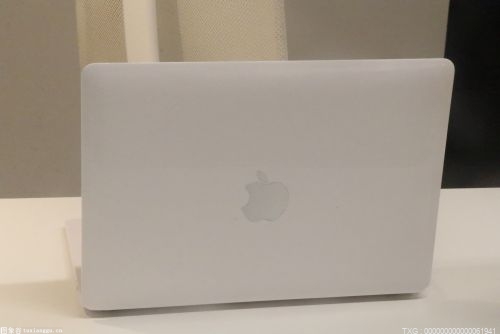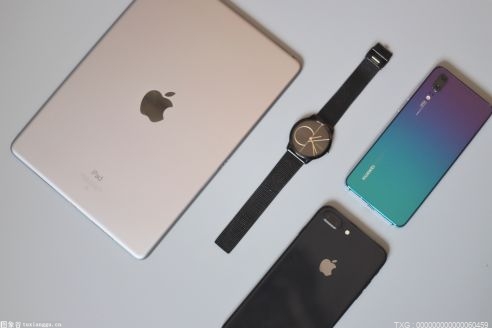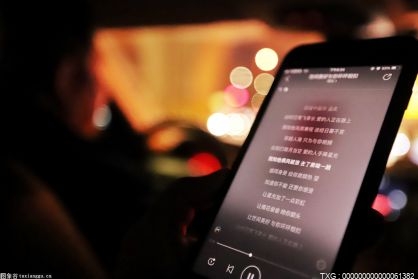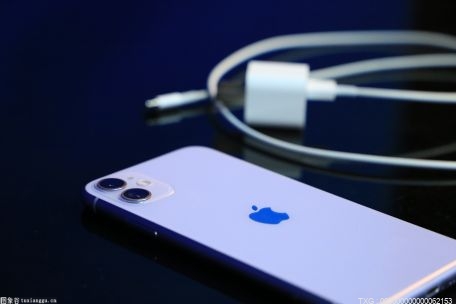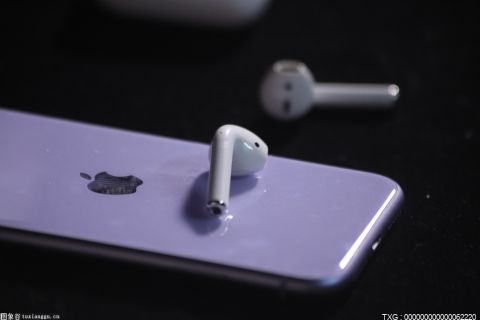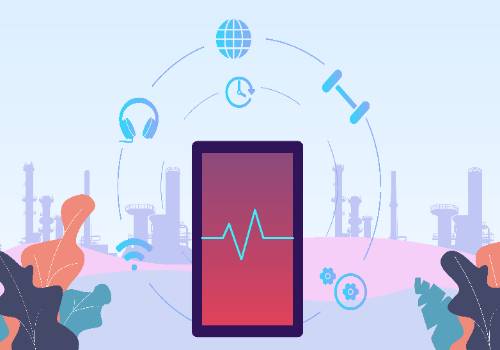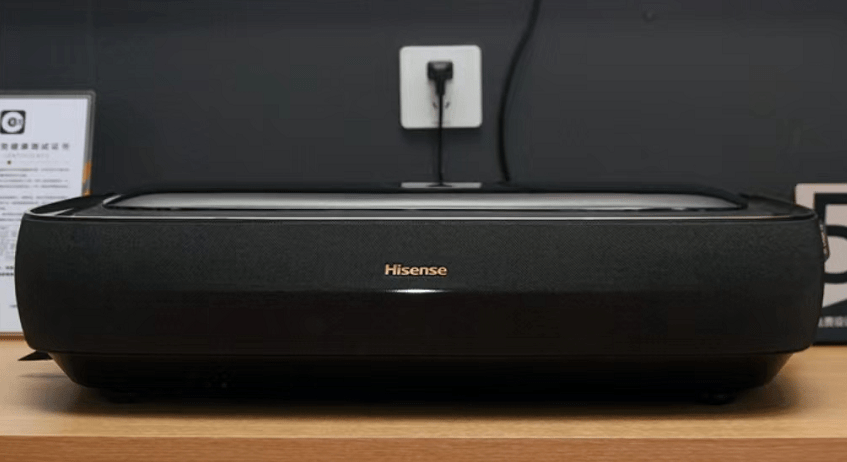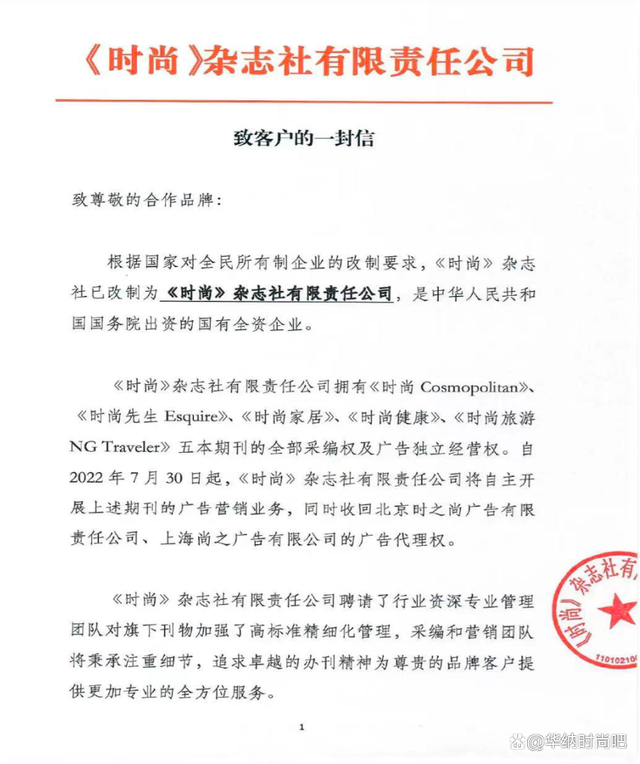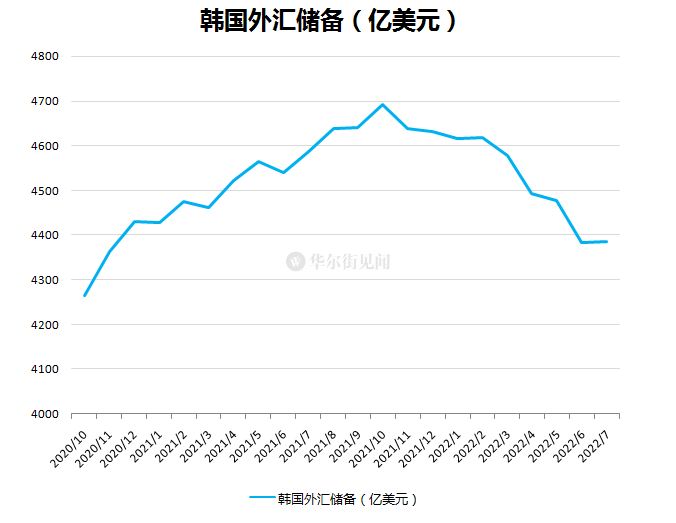原文标题:Mental healthThe jury is still outGirls’ mental health is getting worse. Proving a link to smartphones is hard心理健康没有定论女孩的心理健康越来越差,很难证明这与智能手机有关联Suicide rates for girls are rising. Are smartphones to blame?Hospitalisation rates for self-harm have increased by 140% since 2010女孩的自杀率正在上升。智能手机是罪魁祸首吗?自2010年以来,自残住院率增加了140%[Paragraph 1]IN 2017 JEAN TWENGE, a professor at San Diego State, wrote an essay entitled “Have smartphones destroyed a generation?” Her answer, “yes”, was provocativeat the time. Now, it is a common refrain.2017年,圣地亚哥州立大学教授珍·特文格写了一篇文章,题为 "智能手机是否摧毁了一代人?" 她的答案是 "是",可谓轰动一时。现在,这说法已司空见惯。[Paragraph 2]Spurredby recent data showing a rise in depression among American teenagers, both the British and American press have barragedreaders with stories about social media ravagingyoung people’s mental health.受近期数据表明美国青少年抑郁症增多的影响,英国和美国媒体向读者纷纷报道社交媒体破坏年轻人心理健康的故事。Jonathan Haidt of New York University has compared social media to waterboarding. 纽约大学的乔纳森.海特将社交媒体比作水刑。The public has noticed: in a recent survey, 53% of Americans said that social media were mostly or fully responsible for increasing teenagers’ depression.公众已经注意到:在最近的一项调查中,53%的美国人认为社交媒体对青少年的抑郁症增加负有主要或全部责任。
 (相关资料图)
(相关资料图)
[Paragraph 3]
Smartphones went global long ago. If they are causing an epidemic of sadness, evidence should appear around the world.
智能手机很早就走向了全球。如果他们造成了抑郁症的流行,那么世界各地应该会出现证据。
Data support the claim that young people, particularly girls, have deteriorating mental health. But they leave room for doubt that mobiles are the main culprit.数据证实了“年轻人(特别是女孩子)心理健康状况恶化”的说法。但对“手机是罪魁祸首”的说法表示怀疑。
[Paragraph 4]
Mental health is hard to measure. Questionnaires are affected by survey design and psychological diagnoses vary between countries and over time.
心理健康很难衡量。问卷调查受到问题设计的影响,而且心理诊断因国家和时间而异。
Instead, we focused on suicides and hospitalisations for self-harm among 17 countries. 相反,我们专注于研究17个国家的自杀率和自残住院率情况。
[Paragraph 5]
Both indicators look worrying for girls. Suicide rates have been falling overall, but girls—who kill themselves less often than other groups—are an exception.
这两项针对女孩的数据令人担忧。自杀率总体上一直在下降,但自杀率低于其他群体的女孩数据是个例外。
Among girls aged 10-19, suicide rates rose from an average of 3.0 per 100,000 people in 2003 to 3.5 per 100,000 in 2020.
在10-19岁的女孩中,自杀率从2003年的平均每10万人3.0人上升到2020年的每10万人3.5人。
The rate among boys, although higher at 6.1 per 100,000 population, has barely changed. 男孩的自杀比率虽然较高,为每10万人6.1人,但几乎没有变化。
[Paragraph 6]
Girls engage in more non-fatal self-harm, like cutting, than boys do. This measure shows even steeper increases.
女孩比男孩更多地进行非致命性自残,如割伤。这项数据显示出更陡峭的增长。
For teenage girls, rates of hospitalisation for self-harm have climbed since 2010 in all 11 countries with available data, by an average of 143%. Boys’ average rise was 49%.自2010年以来,在所有11个有数据的国家中,少女因自残而住院的比率都在攀升,平均上升了143%。男孩的平均增幅为49%。
[Paragraph 7]
Are smartphones to blame? In America and Britain, rates of suicide and self-reported sadness were steady until roughly 2010, when Instagram launched, and then took off.
智能手机是罪魁祸首吗?在美国和英国,自杀率和自报的忧郁率一直很稳定,直到2010年前后Instagram推出,之后这些数据就飙升了。
Although these simultaneousincreases do not prove that one trend caused the other, such a correlation would probably arise if phones really were at fault.尽管这些数据同时增加并不能证明一种趋势导致了另一种趋势,但如果真是手机的原因,这种相关性可能就出现了。
[Paragraph 8]
Elsewhere, however, the evidence is mixed. Some countries, like Sweden, saw sharp rises in hospitalisations for self-harm in 2006, with a plateau in 2010-18.
然而,其他地方的证据不一。在一些国家,如瑞典2006年因自残而住院的人数急剧上升,在2010-2018年趋于平稳。
In others, such as Italy, this rate was flat until covid-19 arrived. A few countries had no rises at all. Suicides varied similarly.在其他国家,如意大利的这一数据比率在疫情之前一直持平。有几个国家根本就没有上升。自杀率也有类似的变化。
[Paragraph 9]
Because smartphones were adopted at different rates in different countries, the timing of any increases they caused in suicides or self-harm should vary on this basis.
由于智能手机在不同国家的普及率不同,因此它们导致自杀或自残增加的时间应在此基础上有所不同。
Mr Haidt says that smartphones are especially risky for girls, because boys spend more time on video games and less on depression-inducing social media.
海特说,智能手机对女孩来说特别危险,因为男孩花在视频游戏上的时间更多,而花在导致抑郁症的社交媒体上的时间更少。
However, we could not find any statistical link between changes over time in the prevalenceof either mobile-internet subscriptions or self-reported social-media use in a country, and changes over time in that country’s suicide or self-harm-hospitalisation rates, for either boys or girls.
然而,我们无法找到任何统计上的联系,表明在一个国家中,移动互联网订阅率或自报使用社交媒体的普及率随时间的变化,与该国男孩或女孩的自杀或自残住院率随时间的变化有关联。
After adjusting for the impact of covid, which raised these rates globally, this was true for all age groups, and for a range of time lags.在调整了疫情的影响后(因为疫情在全球范围内提高了这些比率),所有年龄组和一系列时间滞后的情况都是如此。[Paragraph 10]
Absence of evidence is not evidence of absence.
没找到证据并不代表没有证据。
Numerous studies using randomised or natural experiments have implied that social media can cause sadness or anxiety in teenagers.
许多使用随机或自然实验的研究都表明,社交媒体会导致青少年的忧郁或焦虑。
And smartphones could still inflict grave damage without driving people to hurt or kill themselves.
智能手机仍然可以造成严重的伤害,但不会导致人们自残或自杀。
But if social media were the soleor main cause of rising levels of suicide or self-harm—rather than just one part of a complex problem—country-level data would probably show signs of their effect.
但是,如果社交媒体是自杀或自残率上升的唯一或主要原因——而不仅仅是复杂问题的一部分——那么国家层面的数据就会显示出其影响的迹象。
(恭喜读完,本篇英语词汇量640左右)原文出自:2023年5月6日《The Economist》Graphic detail版块
精读笔记来源于:自由英语之路
本文翻译整理: Irene本文编辑校对: Irene仅供个人英语学习交流使用。
【补充资料】(来自于网络)水刑Waterboarding是一种审讯技术,被广泛认为是酷刑。它涉及向囚犯脸上盖布,然后倒入或注入水以模拟淹没感觉。这种技术通常会导致呕吐、窒息、惊恐和心理创伤等身体和心理上的苦痛。由于其可能性会对受到此技术的人造成长期身体和心理上的伤害,因此多个国际组织和国家都将其视为违反人权的行为。【重点句子】(3个)Data support the claim that young people, particularly girls, have deteriorating mental health. But they leave room for doubt that mobiles are the main culprit.数据证实了“年轻人(特别是女孩子)心理健康状况恶化”的说法。但对“手机是罪魁祸首”的说法表示怀疑。Although these simultaneous increases do not prove that one trend caused the other, such a correlation would probably arise if phones really were at fault.尽管这些数据同时增加并不能证明一种趋势导致了另一种趋势,但如果真是手机的原因,这种相关性可能就出现了。And smartphones could still inflict grave damage without driving people to hurt or kill themselves.智能手机仍然可以造成严重的伤害,但不会导致人们自残或自杀。
关键词:























